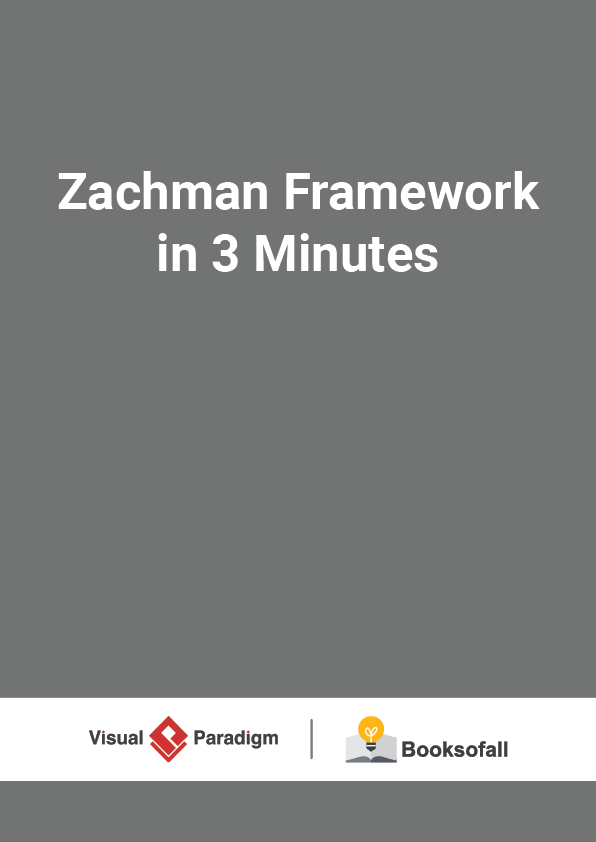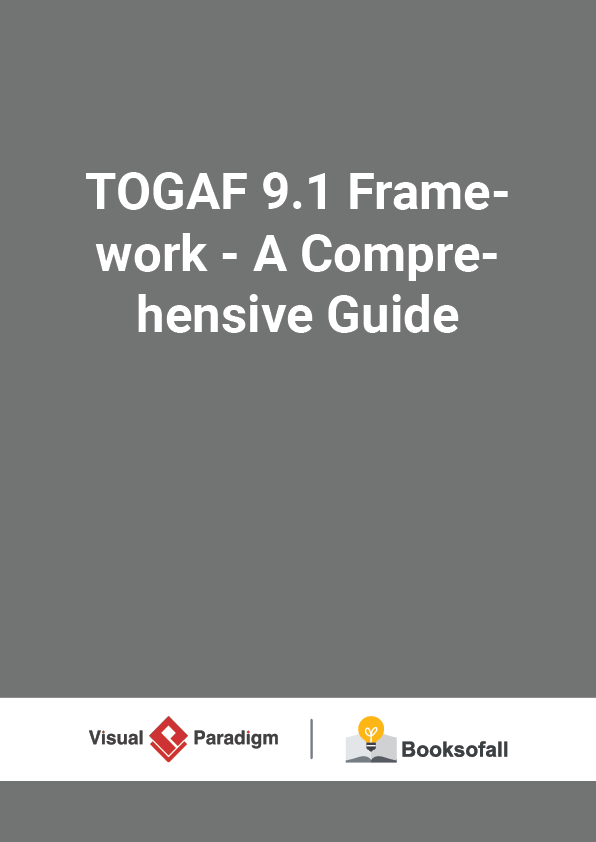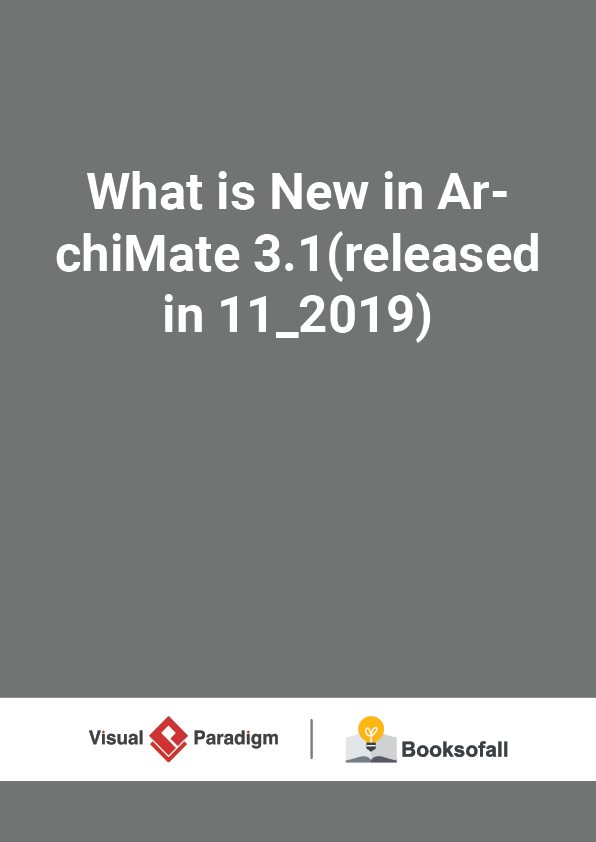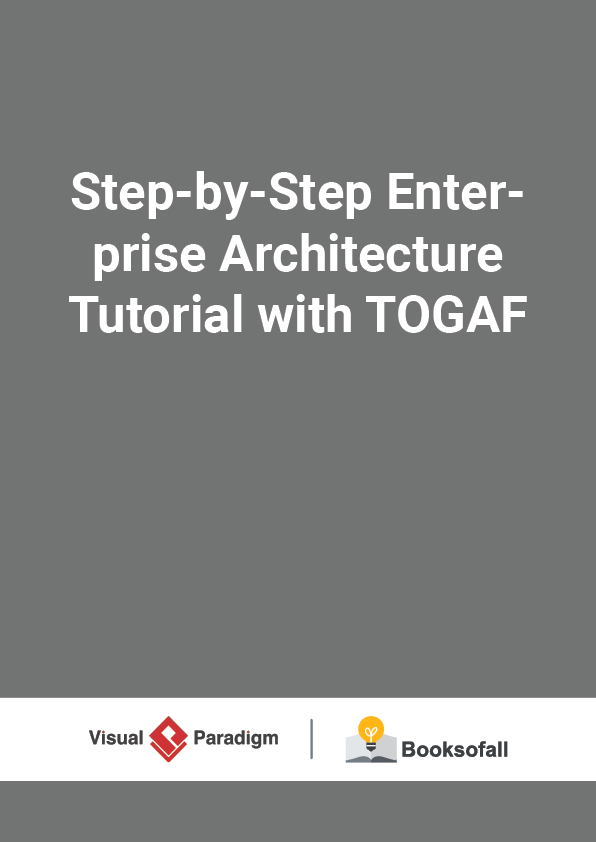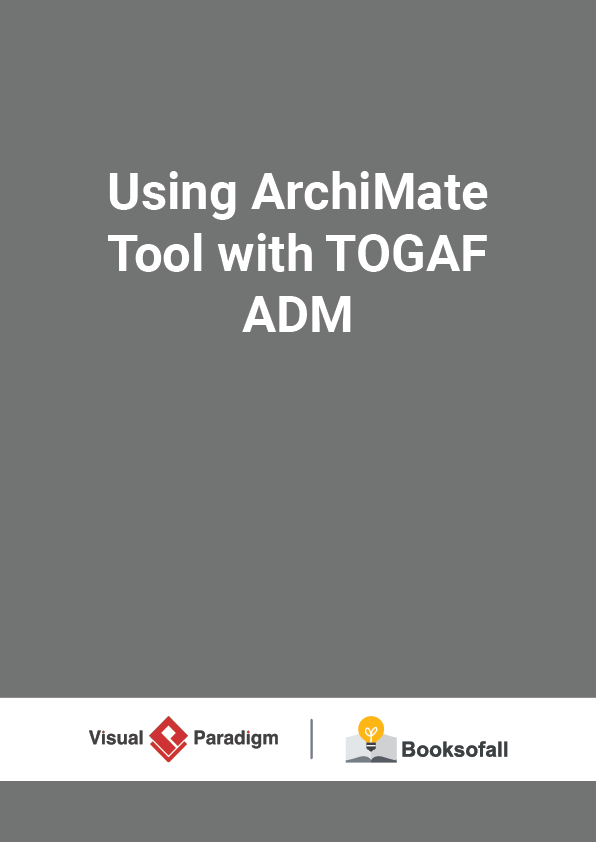What is Enterprise Architecture?
20-26 minutes
Often compared with town-planning or urban design, enterprise architecture (EA) is a well-defined practice for conducting enterprise analysis, design, planning, and implementation for the successful development and execution of strategy. Enterprise Architecture reduces redundancy, complexity and information silos and business risks associated with IT investments. Thus, EA provides a blueprint for an effective IT strategy and guides the controlled evolution of IT in a way that delivers business benefit in a cost-effective way.
Practitioners of enterprise architecture, enterprise architects, are responsible for performing the analysis of business structure and processes and are often called upon to draw conclusions from the information collected to address the goals of enterprise architecture: effectiveness, efficiency, agility, and continuity of complex business operations.
Major Enterprise Architecture Frameworks
There is no shortage of EA frameworks in the IT industry, Zachman was the first to formalize the concept and publish a framework. Since then, many other EA frameworks have been published and are used by many organizations. They attempt to address the basic challenge of assessing, aligning, and organizing business objectives with technical requirements and strategies such as the Zachman Framework, The Open Group Architecture Framework (TOGAF), NAF, DoDAF, MoDAF and etc. Each framework possesses different strengths and weaknesses.
Layers of Enterprise Architecture
Enterprise architecture is unique to every organization, however, there are some common elements. Since Stephen Spewak’s Enterprise Architecture Planning (EAP) in 1993, and perhaps before then, it has been normal to divide enterprises architecture into four architecture domains.
The four commonly accepted domains of enterprise architecture are:
Business architecture domain – describes how the enterprise is organizationally structured and what functional capabilities are necessary to deliver the business vision. Business architecture addresses the questions WHAT and WHO: WHAT is the organization’s business vision, strategy, and objectives that guide creation of business services or capabilities? WHO is executing defined business services or capabilities?
Application architecture domain – describes the individual applications, their interactions, and their relationships to the core business processes of the organization. Application architecture addresses the question HOW: HOW are previously defined business services or capabilities implemented?
Data architecture domain – describes the structure of an organization’s logical and physical data assets and data management resources. Knowledge about your customers from data analytics lets you improve and continuously evolve business processes.
Technology architecture domain – describes the software and hardware needed to implement the business, data, and application services. Each of these domains have well-known artifacts, diagrams, and practices.
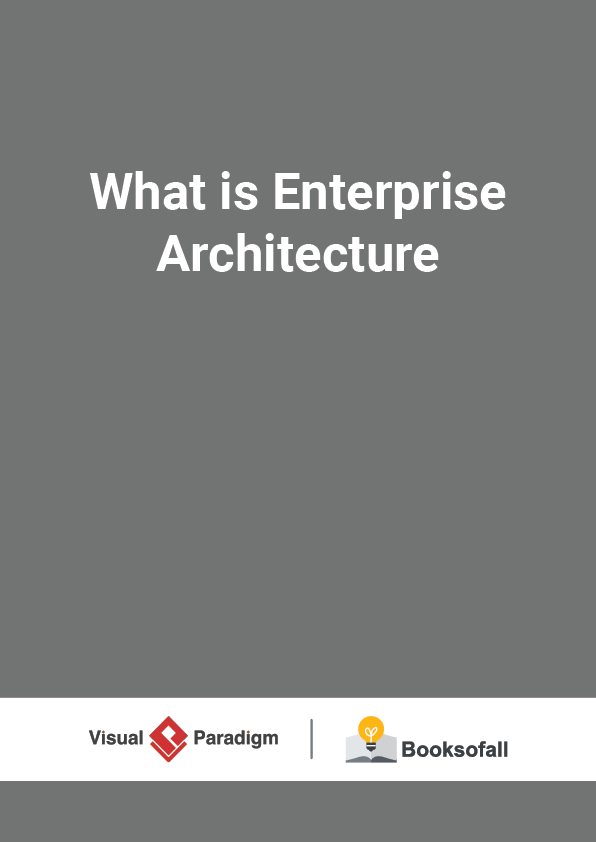



![ArchiMate 3 Update [Quick Walkthrough]](https://www.booksofall.com/wp-content/uploads/2022/06/ArchiMate-3-Update-Quick-Walkthrough-04.png)

